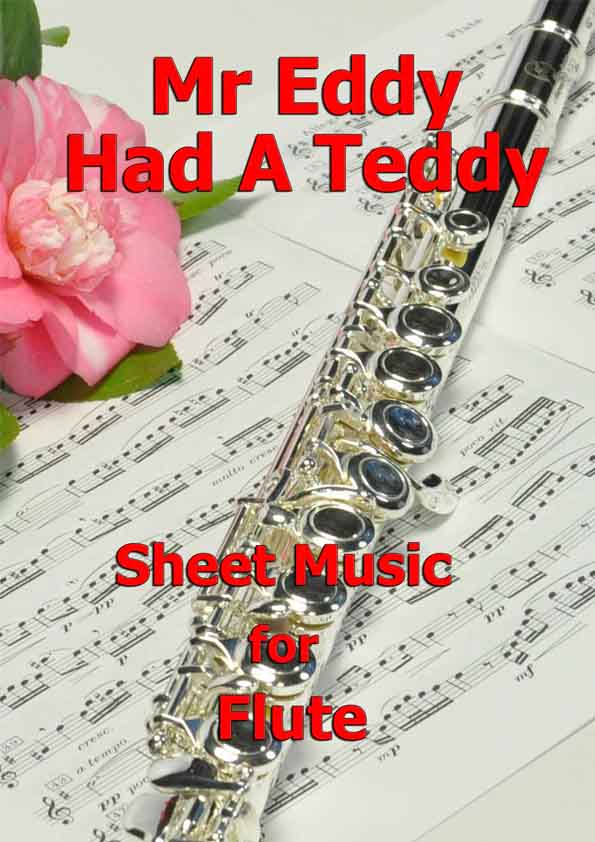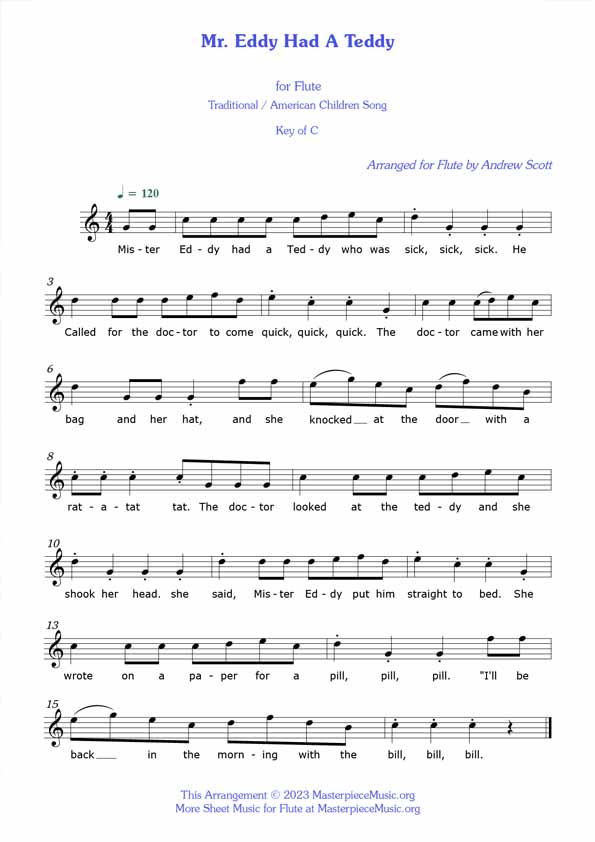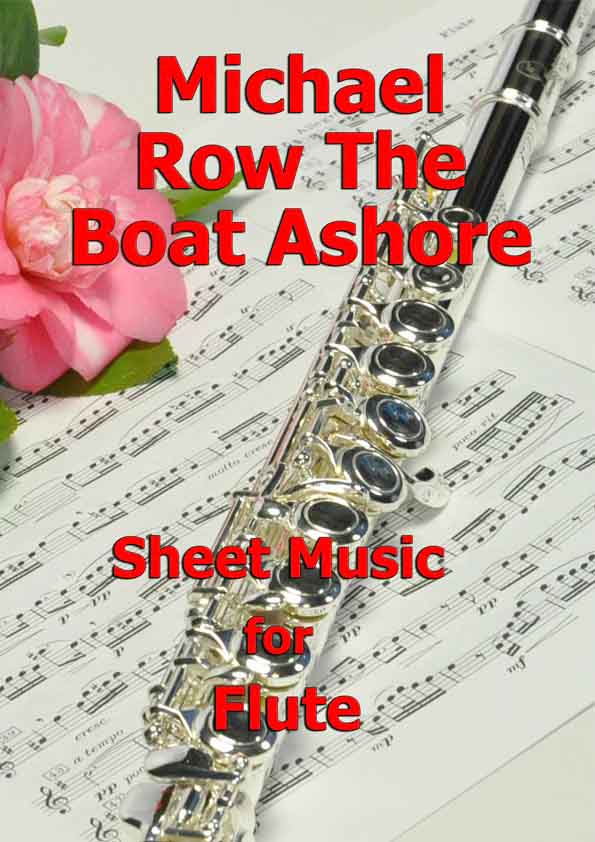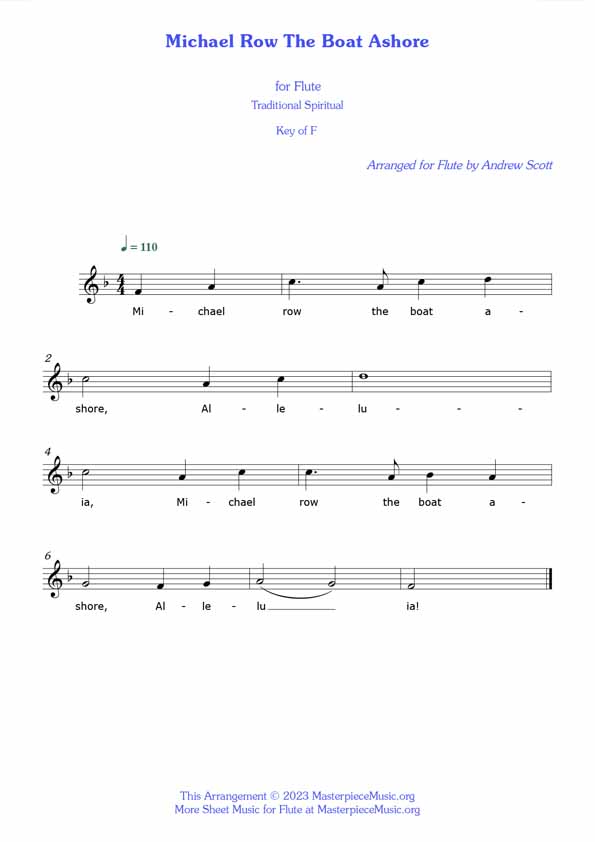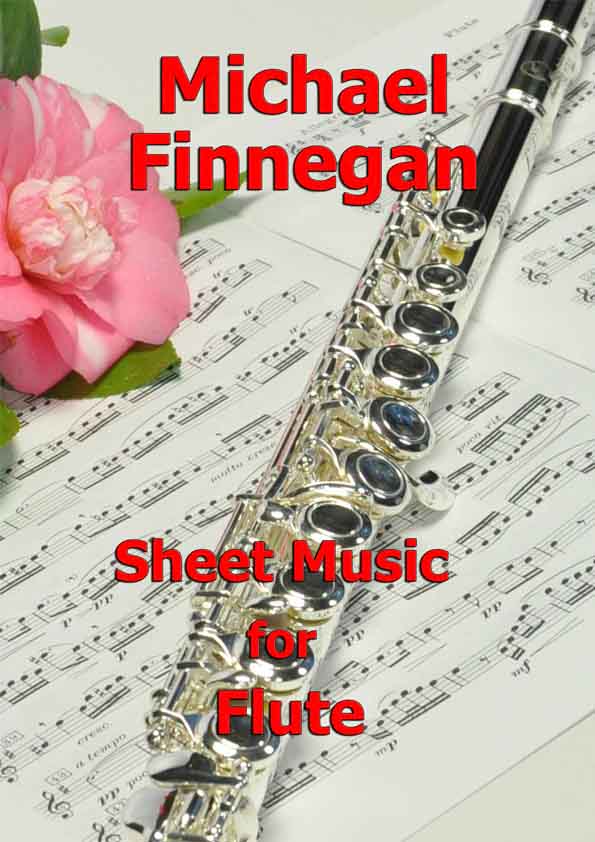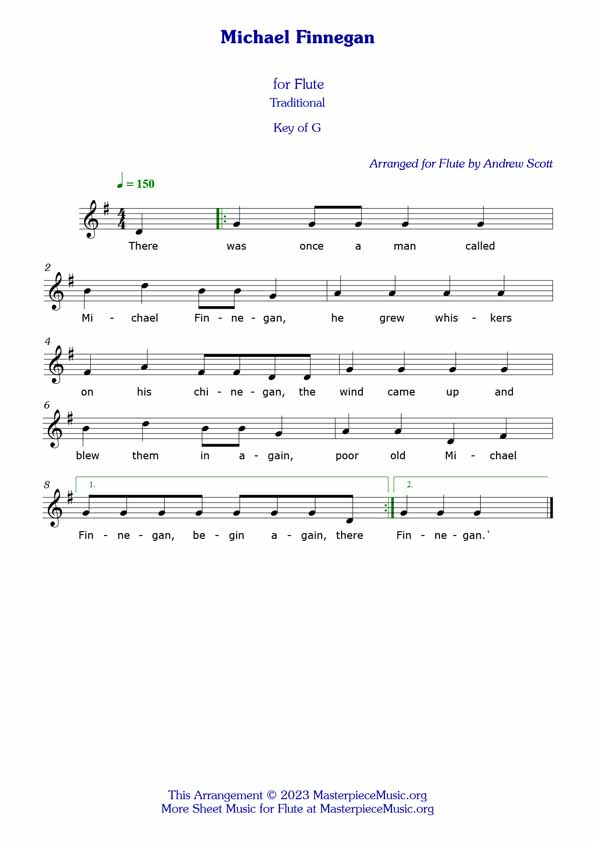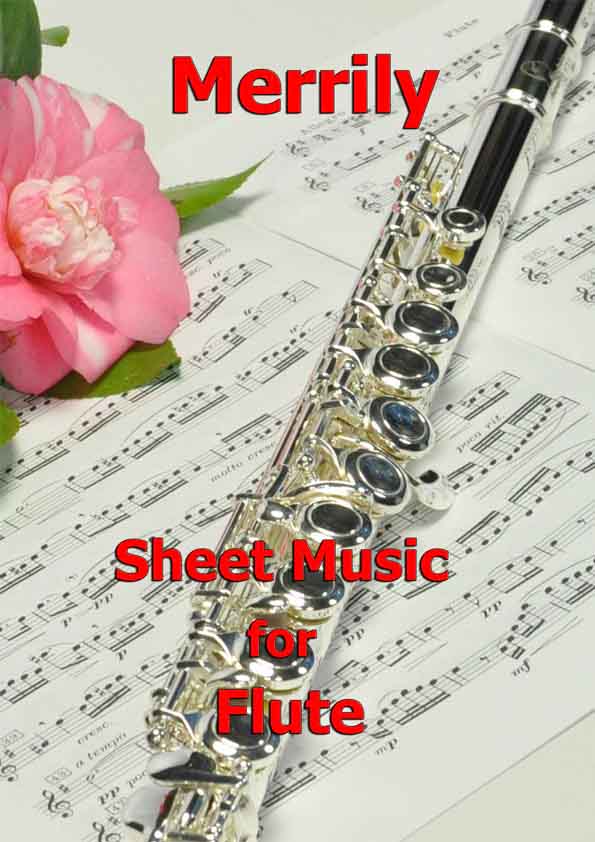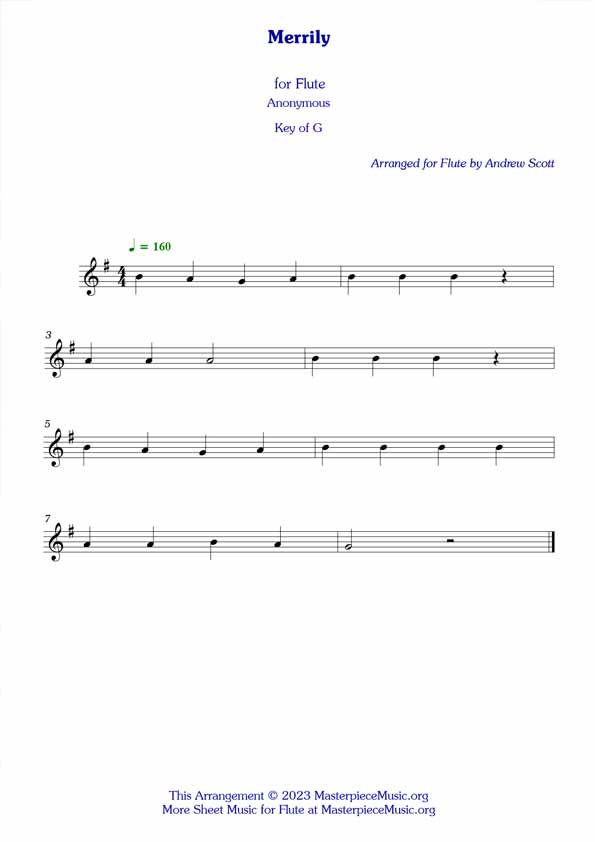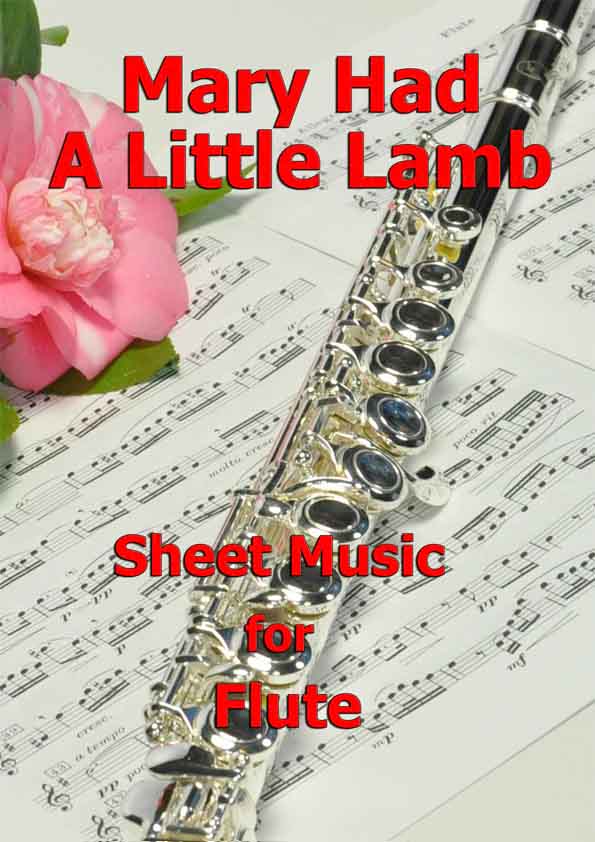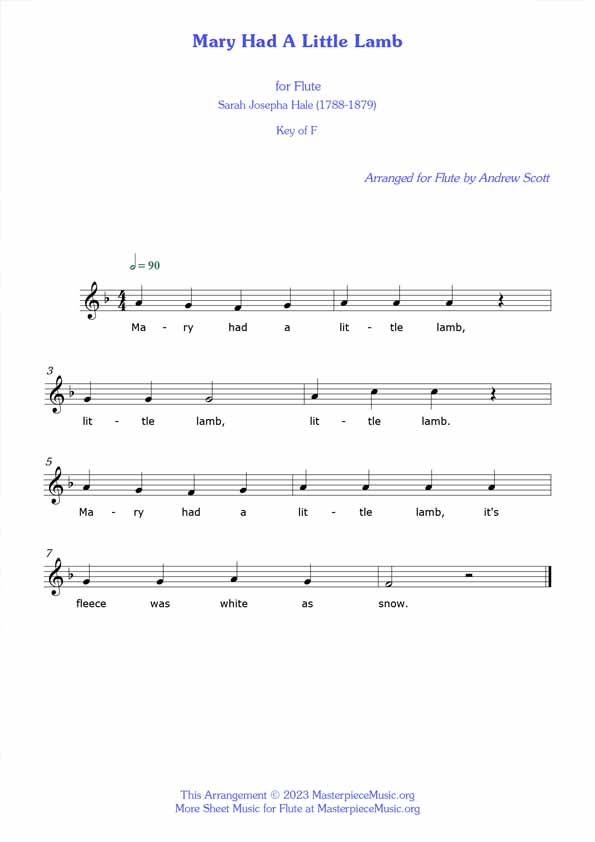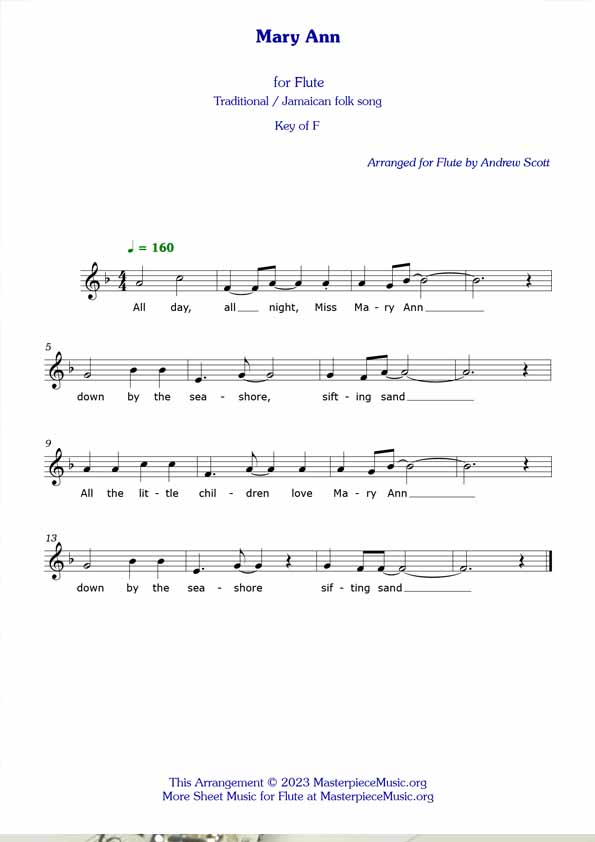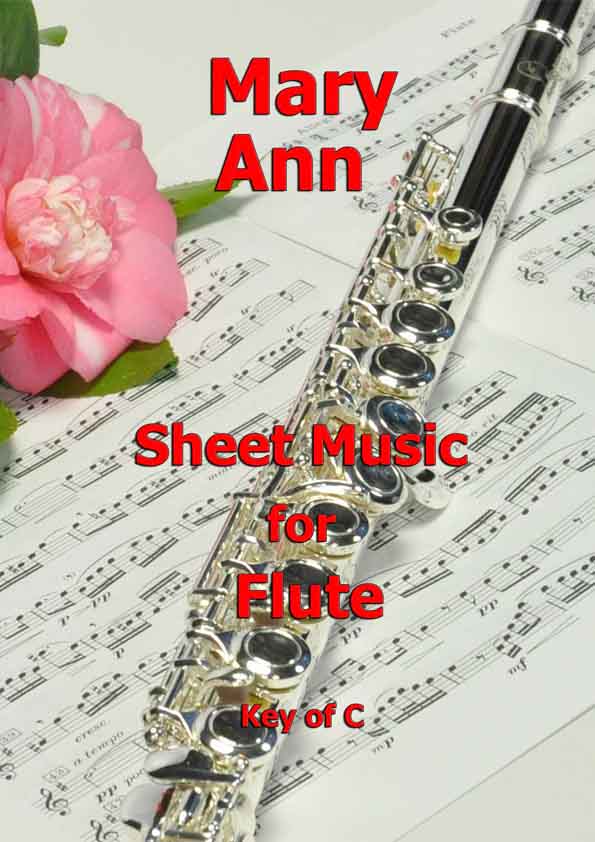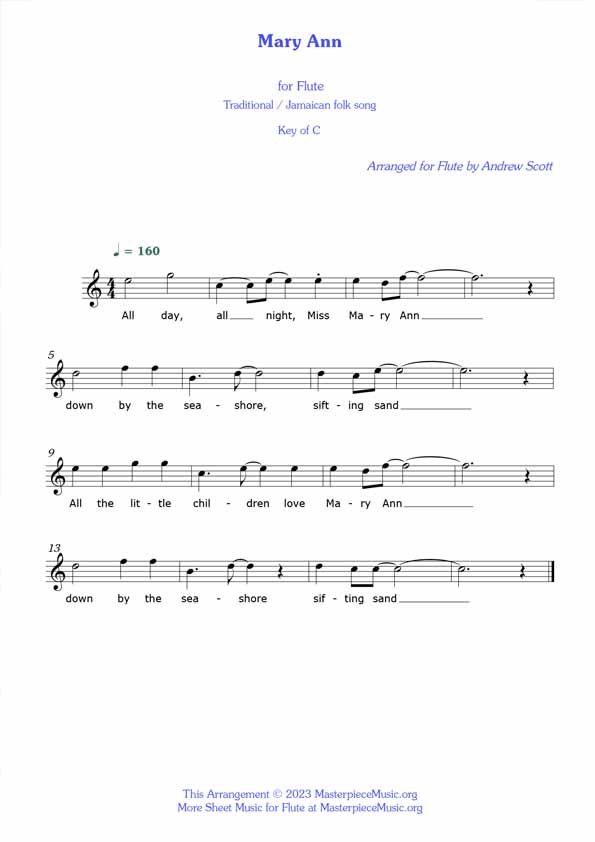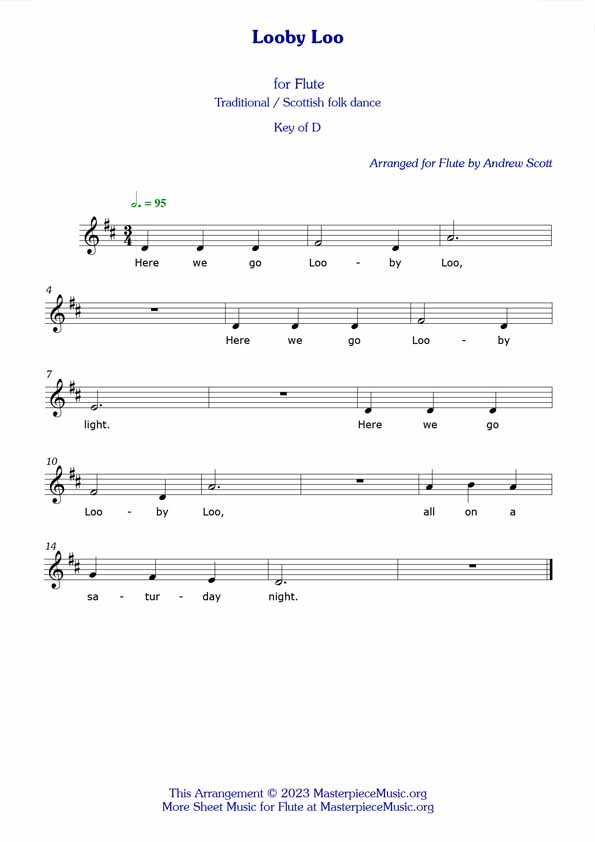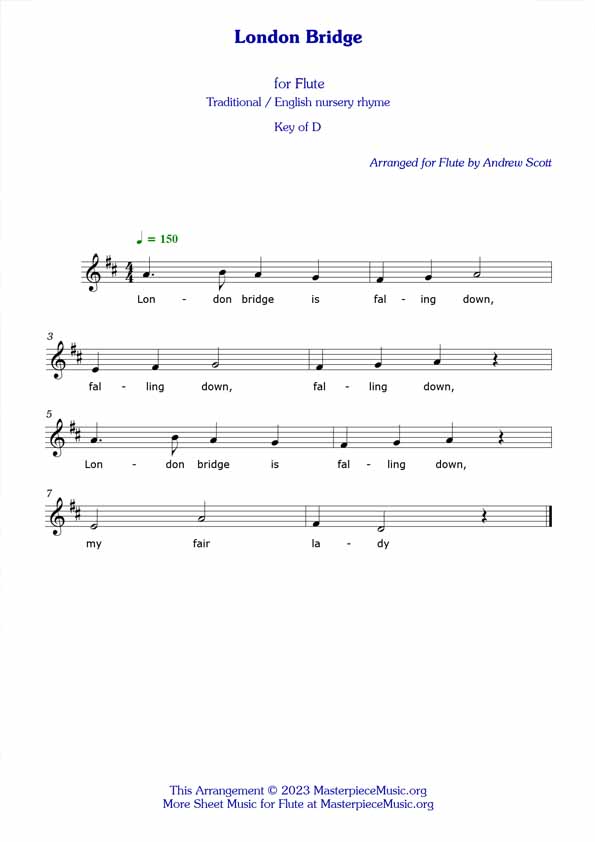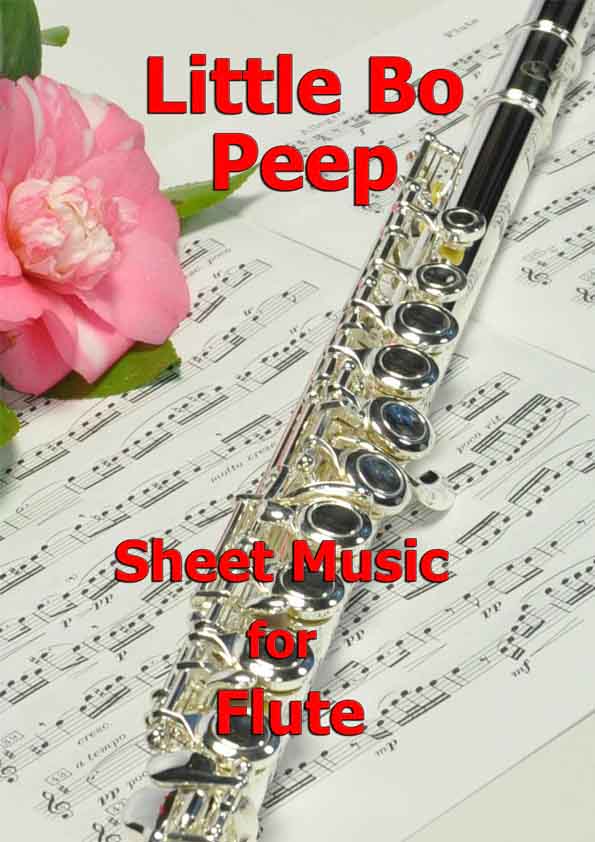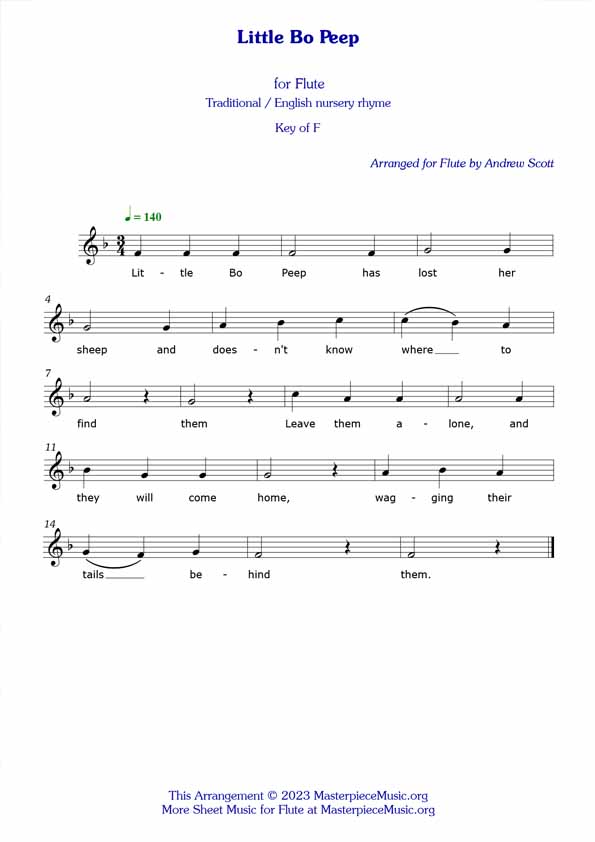The popular traditional Scottish folk dance, the Looby Loo, has a long and rich history that dates back centuries. It is believed to have originated in Scotland during the Middle Ages, where it was commonly danced during festive occasions and celebrations. The purpose of the dance was not only for entertainment, but also to bring people together and foster a sense of community. The origins of the Looby Loo are rooted in the lively and spirited music of Scottish folk tradition, which often incorporates catchy melodies and energetic rhythms.
The Looby Loo is not attributed to a specific composer, as it is a traditional folk dance that has been passed down through generations. It is this very nature that has allowed the dance to endure throughout the years and make its way to different parts of the world. The music for the Looby Loo is typically played on traditional Scottish instruments such as the bagpipes, fiddle, and flute. The dance itself consists of a series of coordinated movements and formations, which adds an interactive element between the dancers and the musicians.
Due to its joyful and participatory nature, the Looby Loo is often performed during weddings, ceilidhs (traditional Scottish social gatherings), and other festive occasions. This lively piece of music brings a sense of excitement and merriment to any gathering, encouraging everyone to join in and experience the joy of Scottish tradition. Whether performed by an ensemble or played by an individual flutist, the Looby Loo is a delightful addition to any repertoire, allowing flute players to explore the vibrant and lively world of Scottish folk music.
